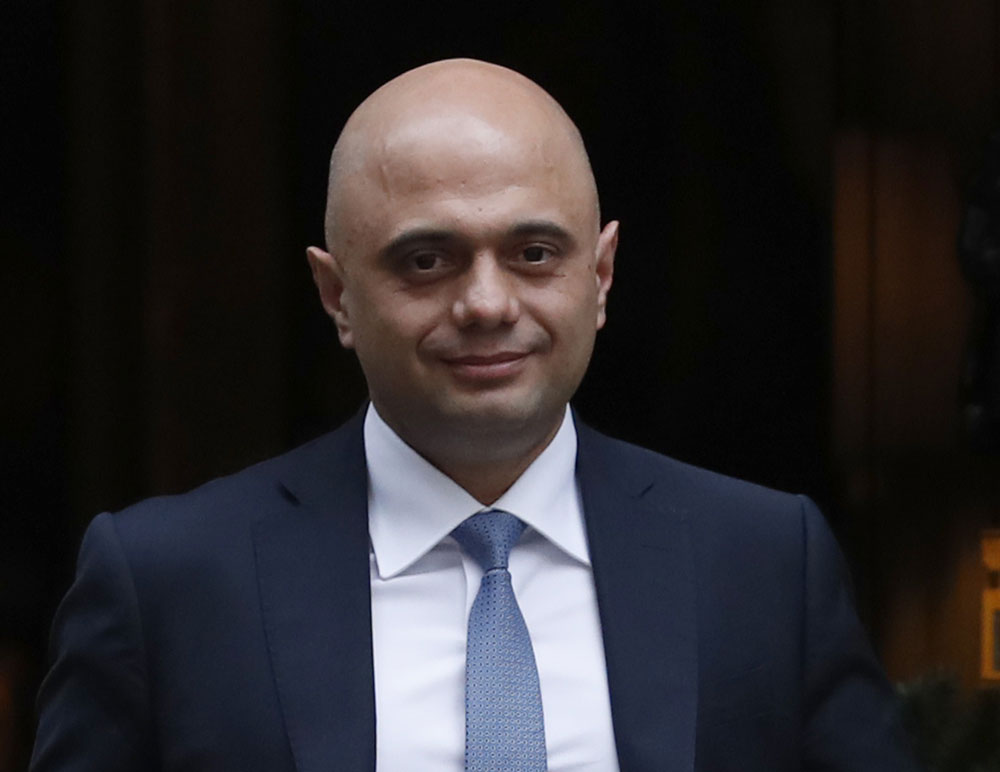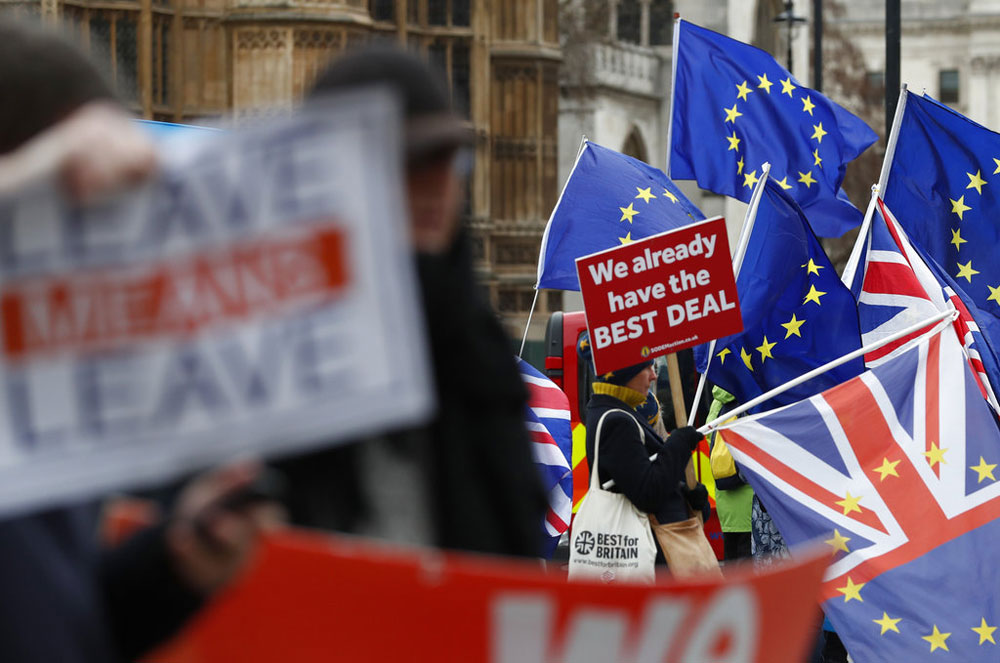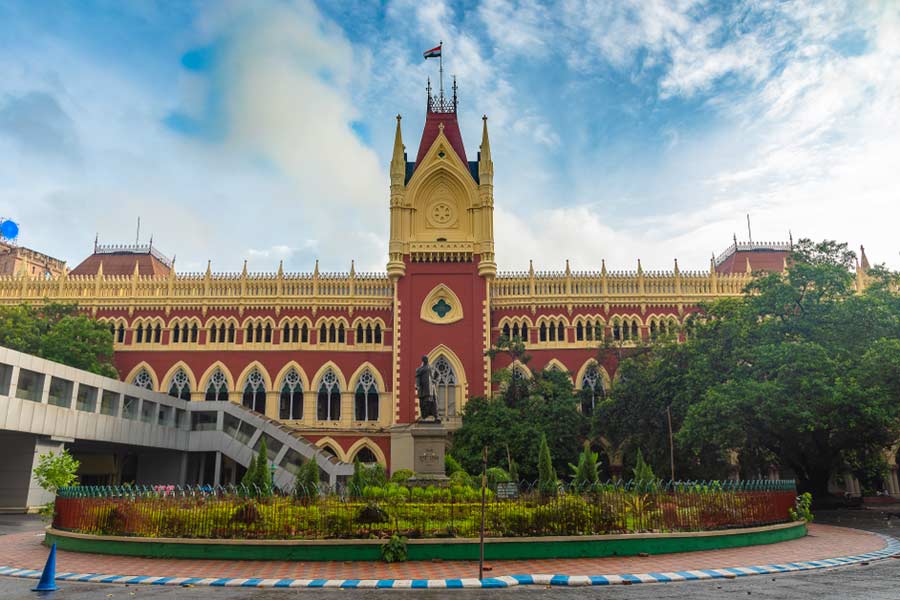On the face of it, there is some good news for Indians in the new immigration proposals announced on Wednesday by UK home secretary Sajid Javid.
He confirmed that free movement of labour from the 27 member states of the European Union into the UK would end in the post-Brexit world. From 2021 onwards, EU nationals would be subject to the same restrictions as Indians, for example, if they wanted to come and work in the UK.
To get a five-year visa, they would need to get a job under the skilled migrants programme paying at least £30,000 a year. The good news from the Indian point of view is that there will be no cap in future on the number of doctors and engineers allowed in under the “tier 2” system which previously set the maximum number of visas granted in a year to 20,700.
But the new system is not without problems. Many agree with employers that £30,000 is too high a figure and vitally needed nurses and care workers would be kept out unless the qualifying salary is brought down to £21,000.
Many Indian restaurants are badly in need of chefs, for example, but few can be imported from India with a starting salary of £30,000.
Javid offered a concession because of cabinet infighting: “We are not setting the exact threshold today. There will be a threshold. We will consult further on whether it is £30,000 or thereabouts.”
Some fear that the end of free movement of labour from the EU will not make it any easier for Indians to enter the UK. The Labour MP for Ealing Southall, Virendra Sharma, told The Telegraph: “It’s just part of a plan to cut the overall number.”
The 20,700-cap had led to an anomalous situation when the home office refused to grant a work visa to Shuchita Sonalika, who could not take up her post as the London-based country director of the Confederation of Indian Industry, even though part of her mission was to bring Indian investments into the UK.
This was because the tier 2 allocation had been filled for that year. For over a year, she had to do her job by flying in periodically from Delhi.
Javid published his proposals in a White Paper and said he was “delivering on the clear instruction to get control over our borders and will bring in a new system that works in the interest of the British people.
“It will be a single, skills-based immigration system built around the talent and expertise people can bring, rather than where they come from — maximising the benefits of immigration and demonstrating the UK is open for business.”
It is also the case that the rank-and-file British worker would much rather live off benefits and not do menial work of the kind done by immigrants from Asia and Africa. Also, farms depend on cheap itinerant labour from Europe for the fruit-picking and harvesting seasons.
Theresa May, who was home secretary for six years before succeeding David Cameron as Prime Minister, prefers the £30,000 figure because she is committed to cutting net migration into the UK to the “tens of thousands” from the current level of 273,000.
It is generally accepted that the main reason why Leave won the Brexit referendum was because of a popular desire to see immigration cut — a view shared by May.












